Why Must Metal Roofs Be 1500 Feet From the Coast?
March , 2024 | 7 min. read
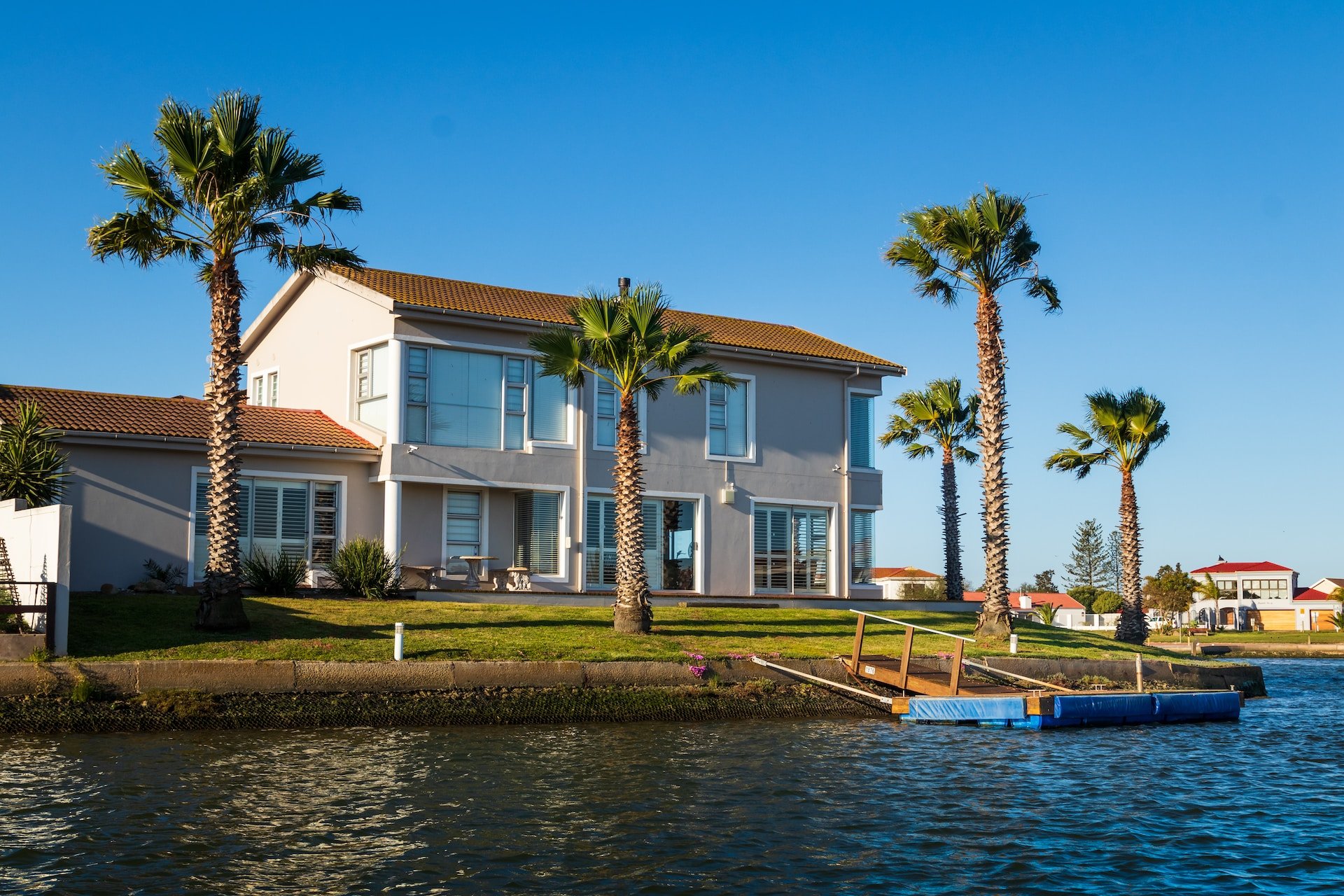
Coastal living sounds dreamy with its stunning ocean views, endless sunshine, and relaxed vibes, right? But, let's not forget, that those charming seaside spots come with their own set of challenges, especially for the houses perched along the shore. What could possibly be the problem, you ask? Well, choosing the right roof that can handle all the salty air, gusty winds, and moisture that coastal areas dish out, that is.
Not to mention, did you know there's this regulation stating that metal roofs must be at least 1500 feet away from the coast? It's all about fighting off the rust caused by that pesky salt air. At RoofCrafters, we’re well-versed in our coastal rules and regulations, and we know this can be a cause for concern when choosing the right roof for your beach pad.
Although, it doesn’t have to be! There are many other fabulous roofing options better suited for waterfront homes, and we’ll get into those in just a moment. Firstly, let’s start with why metal roofs must be 1500 feet from the coast, who implemented this requirement, and what happens if a metal roof is too close to the tides. Let’s get started!
Why Must Metal Roofs Be 1500 Feet From the Coast?
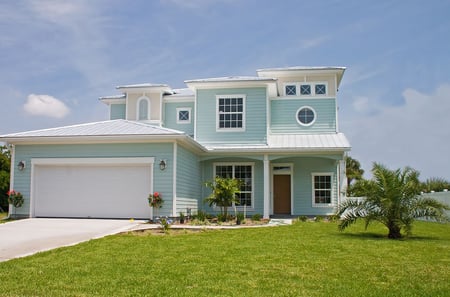
So, is it true? Do I really need to be 1500 feet from the coast to invest in a metal roof? The requirement for metal roofs to be installed at least 1500 feet from the coast is related to the potential for corrosion caused by saltwater exposure. Saltwater is highly corrosive to metals, including those used in roofing materials. Metal roofs, especially those made of materials like steel or aluminum, can be susceptible to corrosion when exposed to salt air and spray from the ocean.
Installing metal roofs closer to the coast increases the risk of accelerated corrosion, which can lead to premature deterioration and failure of the roofing material. By requiring a minimum distance of 1500 feet from the coast, authorities aim to mitigate the effects of saltwater exposure and prolong the lifespan of metal roofs.
Additionally, local building codes and regulations may also take into consideration factors such as wind load and environmental conditions near coastal areas, further influencing the requirements for roofing materials and their installation.
Who Implemented This Requirement?
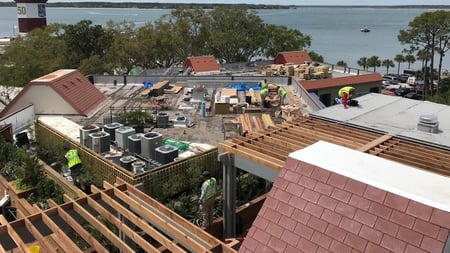
Who’s responsible for this rule? The implementation of requirements regarding the distance of metal roofs from the coast would typically be governed by local building codes and regulations. These regulations are established and enforced by municipal or regional authorities responsible for overseeing construction and development in a particular area.
The specific agency or authority responsible for implementing such requirements can vary depending on the location. In coastal regions, it could be a combination of local planning departments, building departments, environmental agencies, or other relevant authorities. These regulations are often put in place to ensure the safety, durability, and resilience of structures in coastal areas, considering factors such as saltwater exposure, wind load, and environmental conditions.
What If My Metal Roof is Less Than 1500 Feet From the Coast?
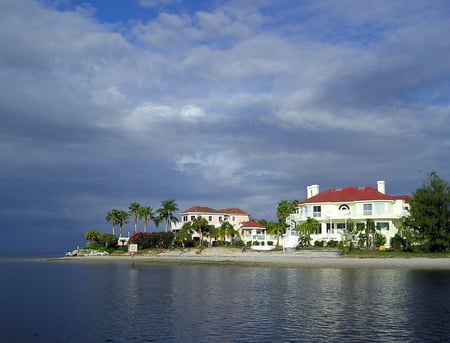
If your metal roof is less than 1500 feet away from the coast, and there's a regulation specifying this distance requirement in your area, you may be in violation of local building codes or regulations. The consequences of such a violation can vary depending on the jurisdiction and the severity of the violation. Here are a few common potential consequences:
Violation notice: You may receive a violation notice from local authorities informing you of the breach of building regulations.
Fines or penalties: Depending on the severity of the violation and local regulations, you may be subject to fines or penalties.
Requirement for corrective action: You might be required to take corrective action to address the violation. This could involve relocating the structure, modifying the roof, or obtaining appropriate permits to legalize the situation.
Legal action: In extreme cases or for repeat violations, local authorities might pursue legal action against you, which could result in further penalties or enforcement measures.
Insurance issues: Non-compliance with building regulations could potentially affect your property insurance coverage.
It's crucial to address any violations promptly and work with local authorities to rectify the situation. Consulting with a qualified professional, such as a contractor or architect familiar with local regulations, can help you understand your options and ensure compliance with applicable building codes.
Which Roofing Materials Are Better Suited for Homes 1500 Feet From the Coast?
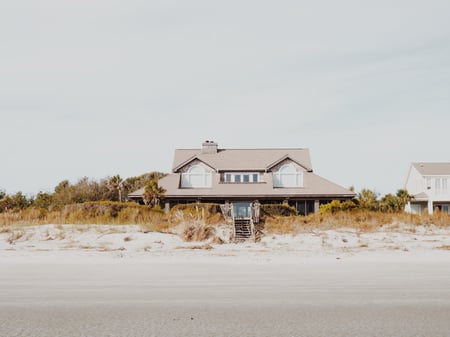
The best type of roofing for coastal areas typically combines durability, resistance to corrosion, and the ability to withstand harsh weather conditions. While no roofing material is entirely immune to the challenges posed by coastal environments, some options perform better than others. Here are some considerations for choosing the best roofing for coastal areas:
Metal roofing: Certain types of metal roofing, such as aluminum, Galvalume, and stainless steel, are well-suited for environments at least 1500 feet from the coast due to their resistance to corrosion. Metal roofing is durable, long-lasting, and can withstand saltwater exposure and high winds common in coastal regions.
Concrete tile roofing: Concrete tile roofing is durable and resistant to saltwater corrosion. It can withstand high winds and is relatively low-maintenance, making it a suitable option for coastal areas.
Clay tile roofing: Clay tile roofing is another durable option for coastal homes. It is resistant to corrosion and can withstand saltwater exposure, although it may be more prone to breakage in high-wind conditions.
Synthetic slate roofing: Synthetic slate roofing offers the aesthetic appeal of natural slate but is lighter in weight and more resistant to damage from saltwater and coastal weather conditions.
Fiber cement roofing: Fiber cement roofing is durable, fire-resistant, and can withstand saltwater exposure. It is available in a variety of styles, including shingles and shakes, and offers good longevity in coastal environments.
Ultimately, the best roofing option for a coastal area depends on factors such as climate, local building codes, architectural style, and budget. It's essential to consult with a qualified roofing professional familiar with coastal conditions to determine the most suitable roofing material for your specific location and requirements. Additionally, regular maintenance and inspection of the roof can help prolong its lifespan and ensure optimal performance in a coastal environment.
Your Coastal Home’s Roof Type Matters
All in all, the requirement for metal roofing to be installed at least 1500 feet away from the coast stems from the need to mitigate the effects of saltwater exposure, which can accelerate corrosion and compromise the integrity of metal roofing materials. Saltwater, along with other environmental factors prevalent in coastal areas such as high winds and humidity, poses unique challenges to roofing materials. While metal roofing can offer durability and resistance to corrosion, it is crucial to adhere to distance regulations to minimize the risk of premature deterioration.
When considering roofing options for coastal environments, it's essential to explore alternatives that offer robustness and resilience against saltwater corrosion and harsh weather conditions. Metal roofing materials such as aluminum, Galvalume, and stainless steel are well-suited for coastal areas due to their corrosion resistance and durability. Additionally, materials like concrete tile, clay tile, synthetic slate, and fiber cement provide viable alternatives that offer durability and resistance to coastal elements.
Ultimately, choosing the right roofing material for coastal areas involves considering factors such as corrosion resistance, durability, aesthetics, and compliance with local building codes. Consulting with a roofing contractor experienced in coastal climate and regulations, like RoofCrafters, can make a world of difference. Be sure to hit the “Schedule an Inspection” button down below to find out more!
My name is Cassie, and I’m the Content Manager here at RoofCrafters. I was born and raised in Chicago, Illinois, and made my way out to Florida post-college graduation. I’m incredibly passionate about writing and creating valuable content that helps others with the collaboration of my marketing team. When I’m not working, I enjoy shopping (a little too much), spending time at the beach, and reading!



